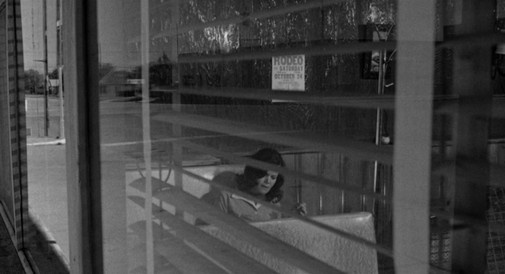The next episode of our series, 'Hit Me With Your Best Shot,' arrives tonight. It's focused on Peter Bogdanovich's The Last Picture Show. You still have time to participate! Here's Cláudio's entry.

Bogdanovich drops the audience inside a cold domestic scene early in The Last Picture Show. In the Farrow household, resentments and disappointments permeate the air, each individual stuck in their little bubble of dissatisfied placidity. Together yet alone, the Farrows' silence is a nervous thing, like a fly's wilting buzz as it suffocates in insecticide. Perchance to disrupt the muted disquiet, the matriarch enters her daughter's room and sparks a conversation. She tries to advise the younger woman, so she doesn't make the same mistakes her mother did. Mistakes like staying in their small Texan town, dying from boredom like the fly dies from bug spray.
"Everything's flat and empty here. There's nothing to do." – says Ellen Burstyn's Lois, her words reverberating through the film's most potent images…
Re-watching the film this time around, that mother-daughter interaction proved to be something of a key. From Burstyn's line to the way Bogdanovich stages the actresses, it feels like The Last Picture Show is condensed into one scene.
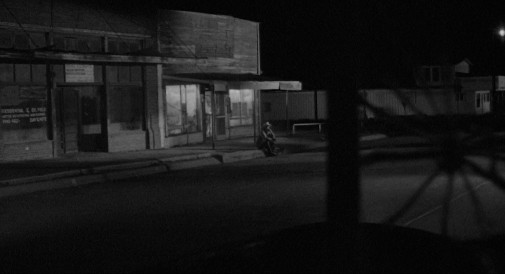
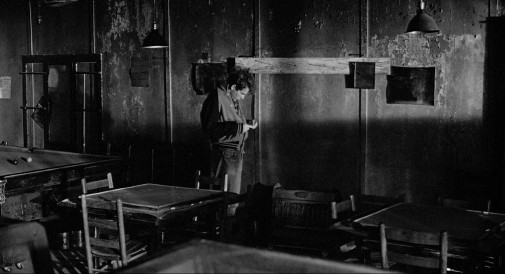
That being said, I don't present this dialogue or any of its images as my pick. Instead, this synthetizing moment worked as a Rosetta Stone, guiding the eye in the pursuit of that coveted 'best shot.' Following that logic, we understand the film as a story of lonely people in a desolate town, the kind of place where you feel isolated even when in company, stagnated even when in movement. Most of all, it's a place characterized by no connection, no hope, no future. The sentiment blossoms from the void, the absence of anything to do, strive for, or look up to.
Absence is emptiness, and emptiness a weight crushing the soul, the caress of a noose around the neck. Everybody's a B-movie zombie, a dead man walking around a flat landscape that looks endless. The scenery suggests the glory of Americana, cowboy epics about heroes ennobled by their lonesome independence. However, there are no heroes to see, and the cowboys are tired old men rather than legends of old. Maybe some nostalgic lens could see the expansive horizon as a symbol of possibility and freedom, but what we see is dispiritingly banal.
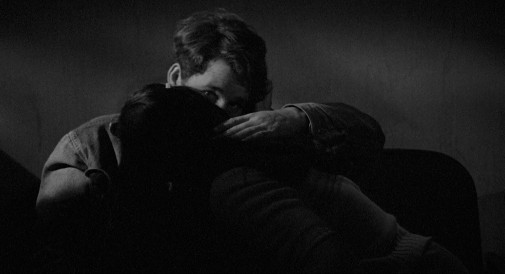
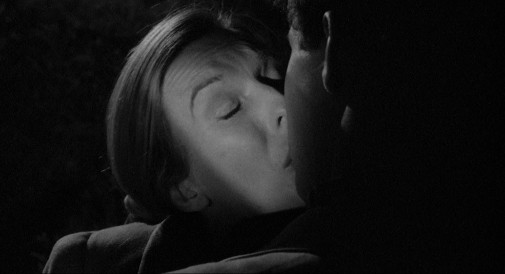
Bogdanovich and director of photography Robert L. Surtees appeal to and repudiate nostalgia. While The Last Picture Show might shimmer in silvery black-and-white, every frame is rough, grainy, and unglamorous. Furthermore, whenever the lighting gets romantic, the screen drips with irony. A passionate kiss rings false, for example, as if the lovers are self-consciously trying to imitate some ideal they saw on the big screen. They want escapism, to escape from their empty lives in a town with nothing to do. It's a parody. It's a distorted mirror.
A mirror like the one by which mother and daughter communicate earlier, unwilling to look each other in the eye. Like all adults and teenagers in The Last Picture Show, they stand for two generations following the same predictable script, stuck in a vicious cycle of disillusionment yet incapable of finding common ground. While the older folk may see themselves in the youths, their bitter wisdom is stiltedly delivered or otherwise ignored. And yet, the kids often observe the grown-ups trying to understand or begging to be heard. They're all together, yet alone. It's always the same. Nothing changes.
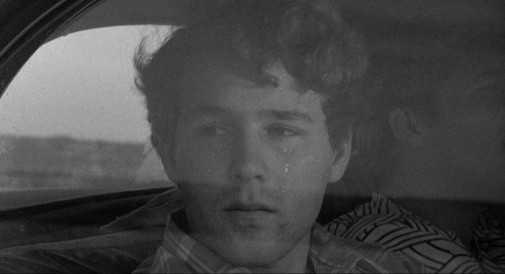
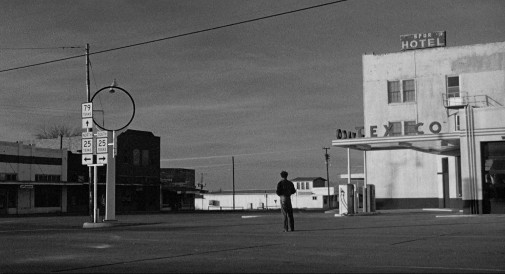
The flat lines of a landscape that feels imposed on the people, projected on top of their blank despondence; a sense of empty space and empty lives; nothingness encircling every individual like a preternatural malaise; kids looking at adults they don't fully understand, brought apart by invisible barriers – these are the defining forces of Peter Bogdanovich's seminal 1971 movie. These are the guidelines that the mother-daughter scene establishes early on. These are the elements that compose my pick for The Last Picture Show's best shot:
It's a simple yet perfect image, looking through the eyes of the picture's teen leading man as he observes the waitress Genevieve. Separated by the window, the empty street's reflection, and the blinds' prison-like lines, by ineffable things, they look like they could do with some company. They could share their sorrows if nothing else. But they don't, not really, not even when they talk to each other. At that moment, Genevieve and what she represents are as unreachable as Gatsby's green light. All that's left is the unfulfilled yearning for human connection, for hope, for a future.
Don't forget to post your #bestshot choices from The Last Picture Show today.
